Secretary Zinke announces first steps to assess, map, and conserve seasonal habitat that are critical to the survival of big game populations
Today, Secretary Ryan Zinke signed an order directing agencies within the Department of Interior to work toward better conservation of critical big game habitat, including migration corridors, stopover habitat, and seasonal ranges.
This is the first step in giving greater attention in land management and planning to areas where mule deer, elk, pronghorn antelope, and other species migrate, rest, or spend only a portion of the year. The order was signed by Zinke at the Mule Deer Foundation’s annual western hunting and conservation expo in Salt Lake City.
“Sportsmen and women have long advocated for recognition and conservation of wildlife migration corridors in the land-use planning process, because habitat conditions along these migratory routes can affect whether big game animals arrive healthy enough to survive the season,” says Whit Fosburgh, president and CEO of the Theodore Roosevelt Conservation Partnership. “We’re grateful to Secretary Zinke and this administration for taking the first step toward conserving these areas which have been overlooked or only recently identified. Bringing our conservation policies up to date with what we’ve learned from the latest research and GPS tracking technology will allow America’s hunting traditions to continue to thrive and support our country’s $887-billion outdoor recreation economy.”
The landscape of the western U.S. supports the ability of large animals to move and find food as the seasons change, and this makes America’s flourishing big game herds the envy of the world. But migration is tough on animals, and many barriers can threaten their ability to move freely. Fences, highways, housing developments, and oil and gas development can change movement patterns or close off migration corridors altogether.
“Big game animals need big landscapes and that’s why conserving all of the habitats they use—including their migration corridors—is critical for populations to thrive,” says Ed Arnett, TRCP’s chief scientist. “It doesn’t matter how much work we put into maintaining or restoring mule deer summer or winter range if wildlife can’t reach those areas, are prevented from stopping along the way to rest and recover, or don’t arrive in good health.”
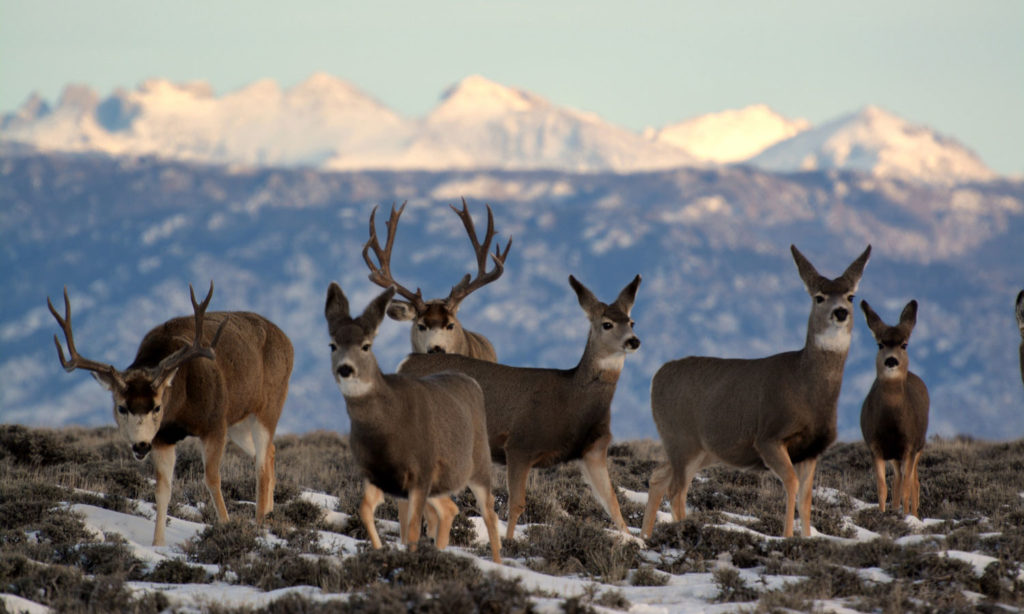
The order specifically directs DOI agencies to identify a department coordinator that will work with states, other federal agencies, and conservation organizations to identify and map migration corridors and winter range. Within 60 days, the coordinator will develop an action plan defining next steps for implementation. The order also directs the department to assess migration corridors early in the landuse planning process and develop site-specific management activities to conserve and restore these habitats. Within 180 days, all responsible bureaus within DOI will update existing regulations, manuals, policies and other documents to comply with the order.
“We’ve known for decades that these animals migrate, but recent research and technology has helped to define the exact locations of critical corridors and stopover areas,” says Arnett. “What has been missing is the policy and specific guidance to land management agencies regarding the conservation of these habitats. We now have that direction from the Secretary and look forward to working with DOI agencies, state wildlife professionals, and our partners to ensure that these wildlife migration conservation measures are effectively integrated into agency policies and implemented on the ground.”
Top photo by Sara Domek

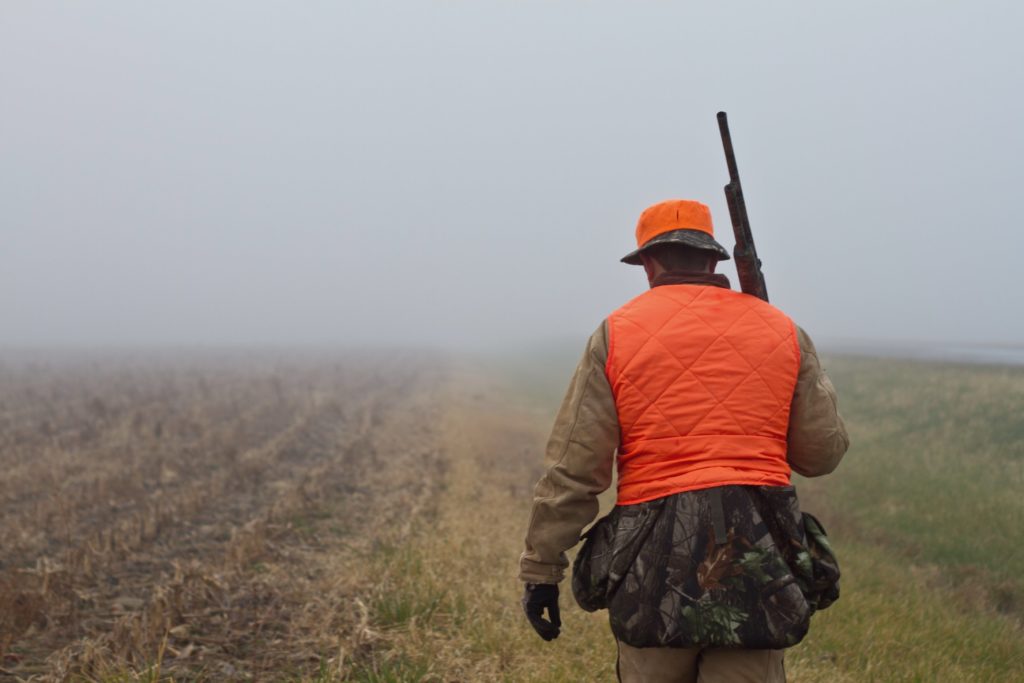
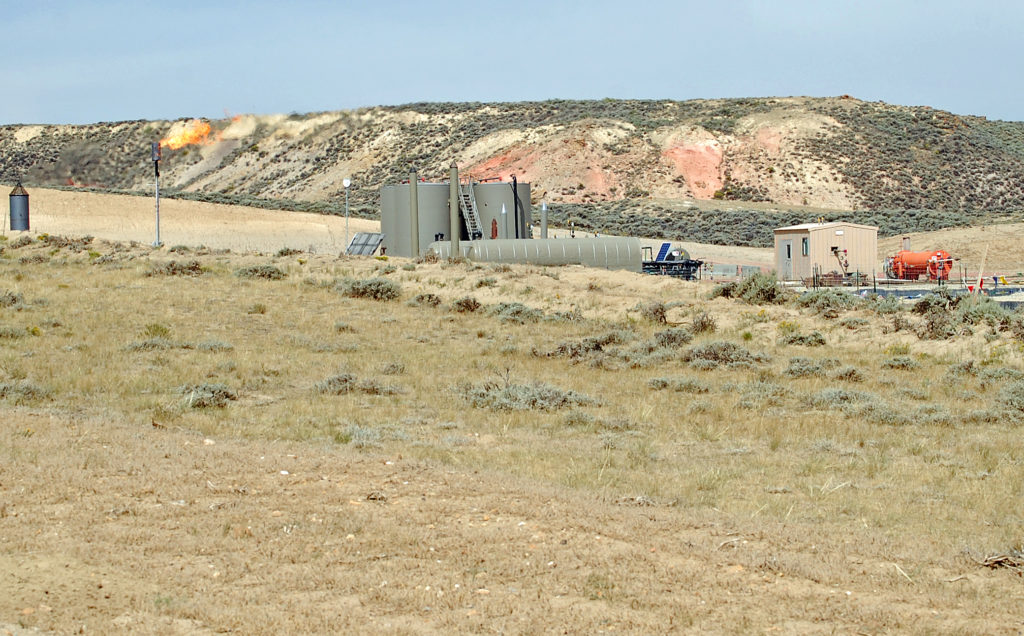
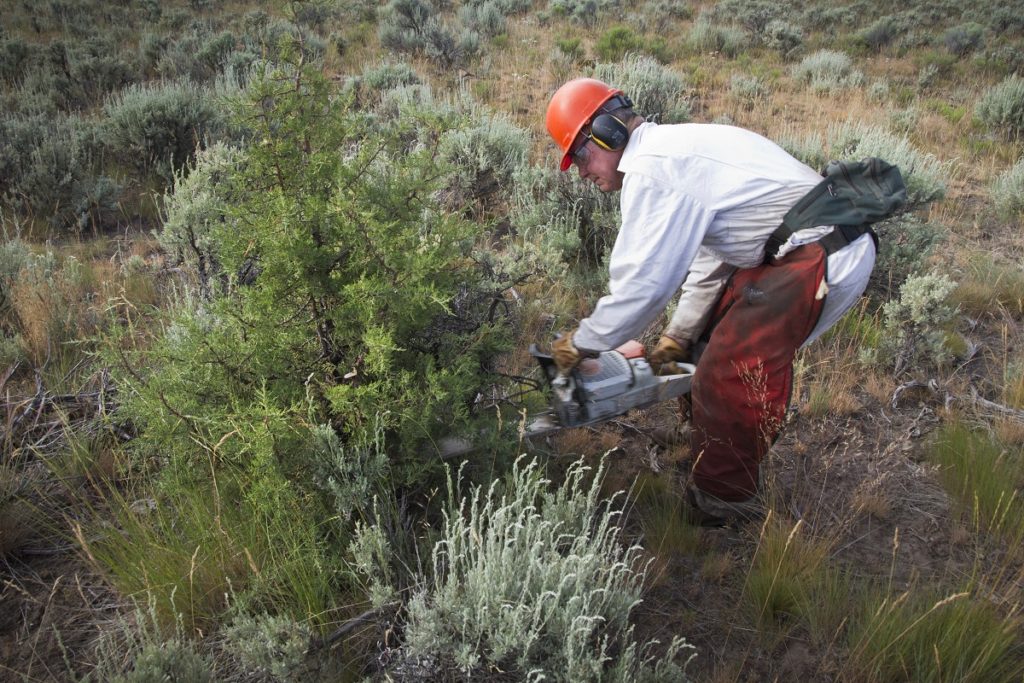
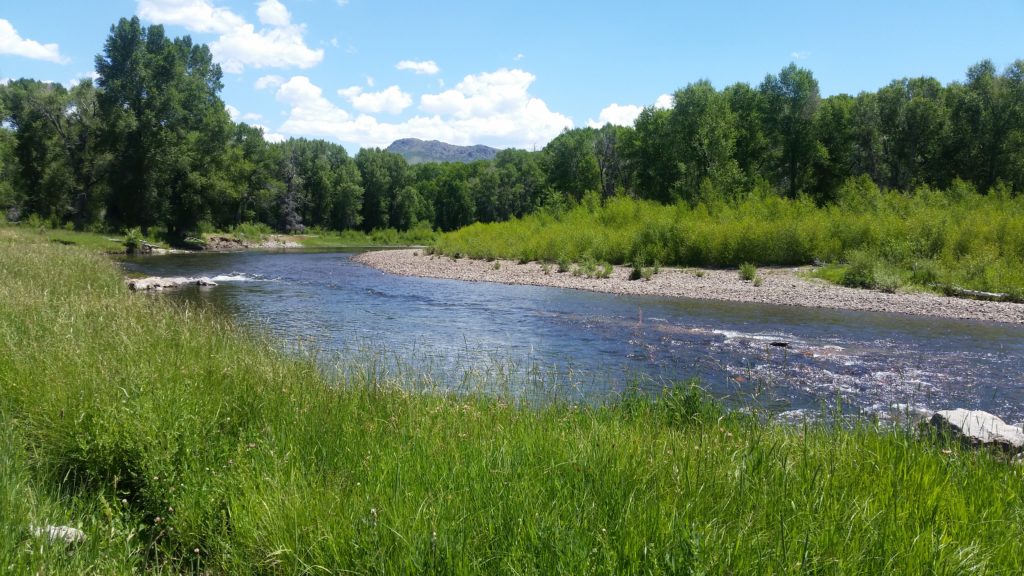
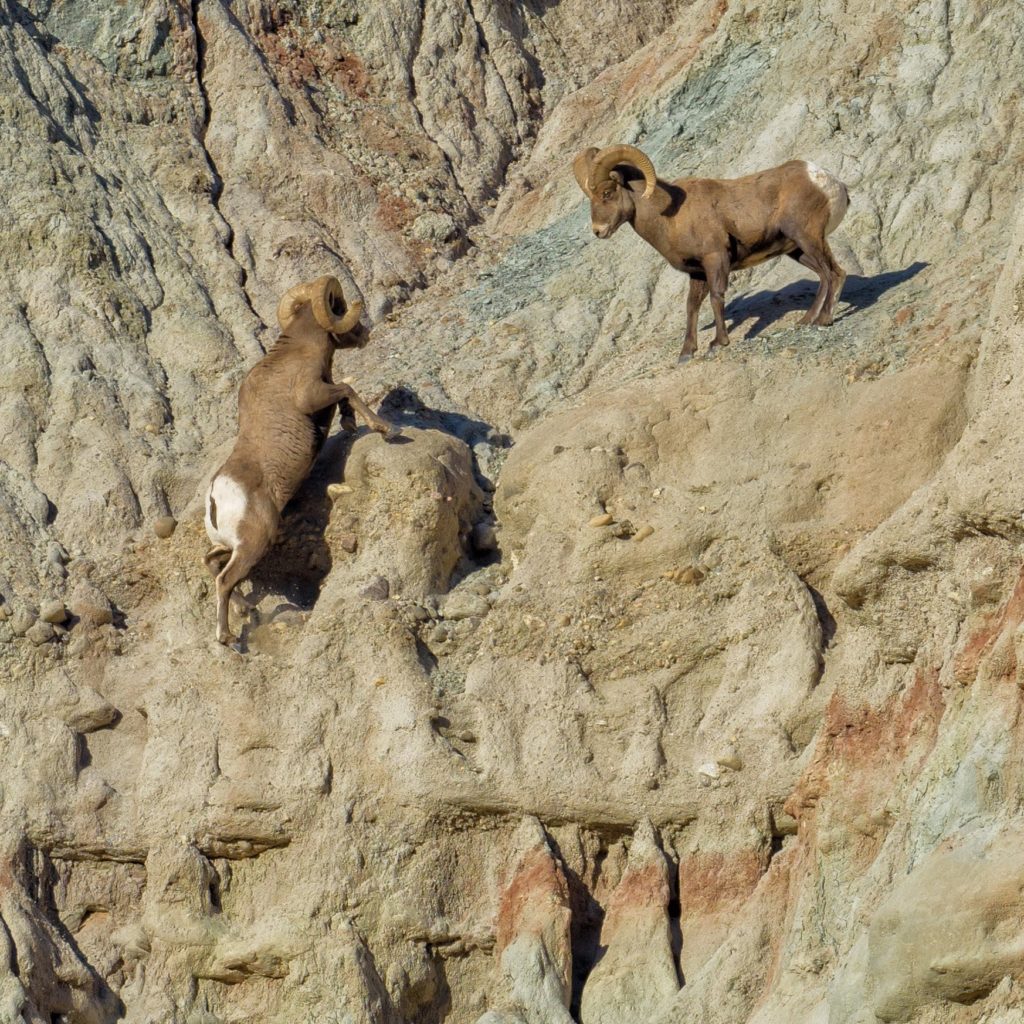
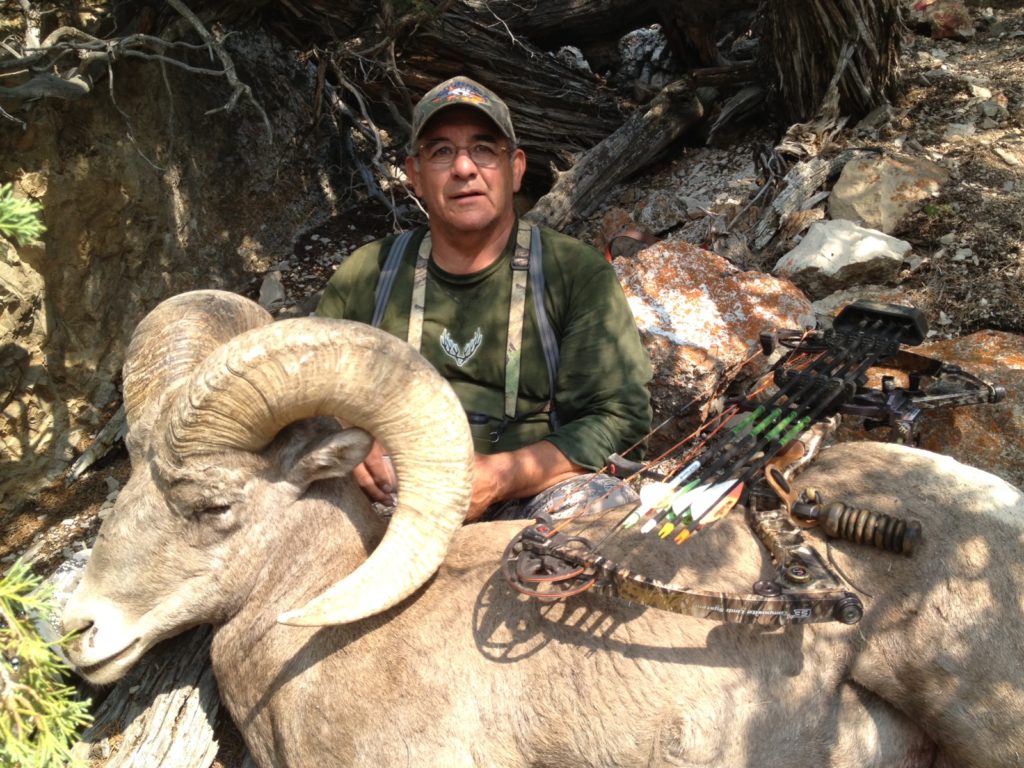




I did not see the term “climate change” used in the e-version. For the future of our wildlife this term must be used and used frequently as this will add context and scale to the conversation.
Everything from this point forward needs to take the up coming effects of climate change into consideration. The DOD has acknowledged it’s existence and is planning it into future budgets so all the Federal Departments should follow suit. With all that is currently happening that effects wildlife, whatever humankind can do to manage their future health is top drawer.
The action to put a priority and include significant wildlife corridors for habitat preservation is a conservation tool we should be doing, can get our hands around, makes common sense, measure effectiveness, and use as a integral part of planning any new habitat or commercial development going forward as well as redevelopment.
It hard for me to believe that this is coming from Zinke. A small ray of light emanating from the darkness. So far he’s done his best to eliminate long standing protections of wildlife and important habitats I.e., greater sage-grouse; incidental take of migratory birds. I’m not optimistic that this policy will remain in place once these corridors conflict with oil and gas development I Wyoming and the West.
So what happened to the Yellowstone to the Yukon, Alaska corridors program? I think it happened and many conservation easements were signed by private land owners. Climate change is natural and to be expected. Wild life if you know anything about wildlife adjust and adapt to their environment, they are constantly responding to “climate/weather change” These corridors are in effect and are in fact allowing migration along traditional migration routes. If this is a program for additional new conservation easments, etc. I see no problem but it is important to remember that these migration routes are either new or more used than past historical times. Wild life will naturally migrate with the seasons, feed availability and weather changes…. all Natural life cycles